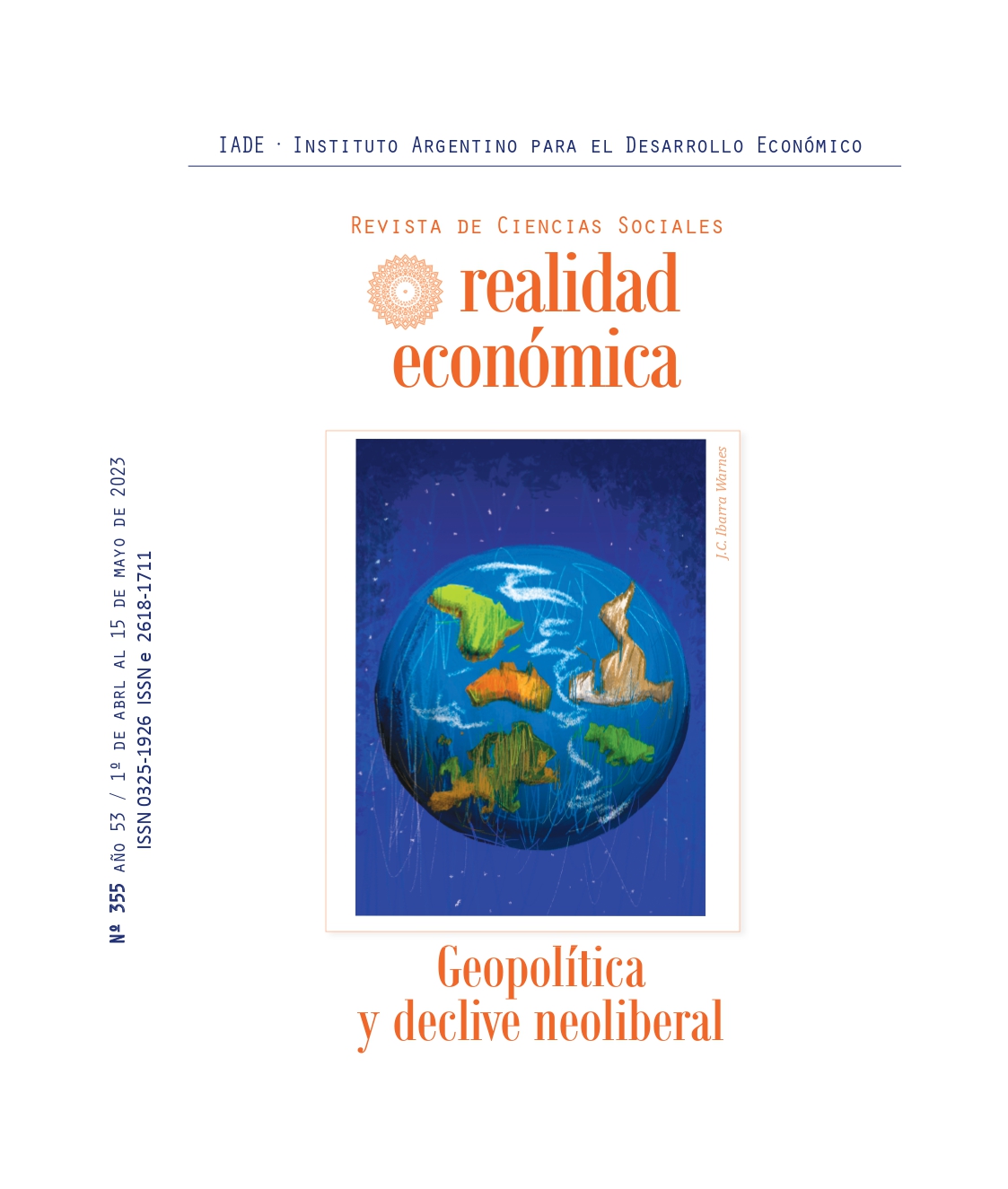Argentina, an economic downturn analyzed in a medium-term historical perspective
Keywords:
Growth and decline, External constraint, DeindustrializationAbstract
Several interpretations have been proposed on the permanent economic decline of Argentina, subsequent to a period of wealth during the 1920s, and the debates are very instructive: distributive conflicts particularly important in Argentina, powerful oligopolies in certain sectors, inflation transmitted by devaluations or imported by the increase in the price of agricultural raw materials that Argentine producers-exporters try to impose on the domestic market, or excessive money issuance. This decline will be analyzed here from a Keynesian-inspired macroeconomic approach, focusing on the last thirty years. Our thesis is that the tendency towards economic stagnation and growth volatility is mainly explained by the external constraint, which manifests itself in the form of trade balance deficits, and then, in the 2000s, mainly in the form of capital movements.
Downloads
Published
Issue
Section
License
La responsabilidad de los artículos firmados recae de manera exclusiva sobre sus autores y su contenido no refleja, necesariamente, el criterio de la dirección ni de la entidad editora.
Los artículos pueden ser libremente reproducidos con sólo acreditar a Realidad Económica como fuente de origen, salvo indicación en contrario.






